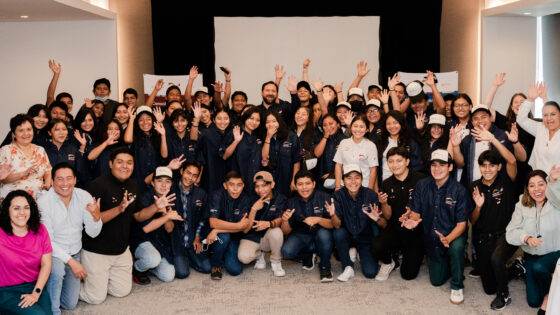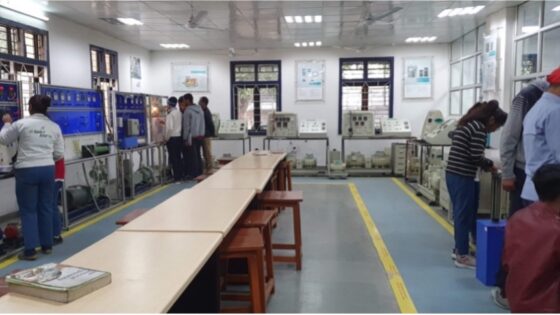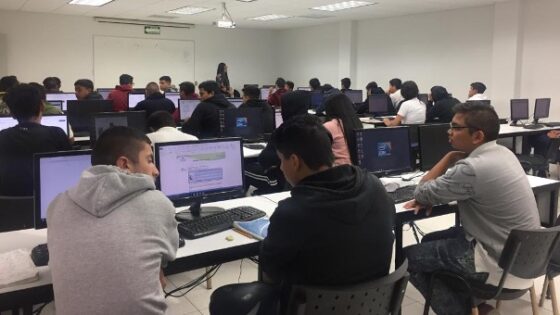
How do political economy contexts shape the adoption of dual apprenticeships? A comparison between India and Mexico
Oscar Valiente, University of Glasgow
Judith Jacovkis, University of Glasgow
Srabani Maitra, University of Glasgow
The paper presents a comparative analysis of the process of policy adoption of dual apprenticeships in India and Mexico. Drawing on the cultural political economy framework (Jessop, 2010), the paper compares how material and semiotic drivers of policy change interplay through the moments of the policy process (variation, selection and retention) in the two cases of study. Following Verger, Fontdevila and Zancajo (2016), the paper differentiates between material and ideational drivers of policy adoption operating at global and national level. This distinction is particularly interesting due to the Germanic origin of the dual model of apprenticeships and the intense activity of bilateral cooperation in the transfer of this model. Based on the analysis of policy documents and semi-structured interviews with policy stakeholders in the two countries (n>60), the paper tries to answer three comparative research questions: (1) What contextual changes triggered the problematization of TVET provision and opened an opportunity for the adoption of dual apprenticeship? (2) How promoters of the dual model of apprenticeships managed to impose it as the most adequate policy solution to existing policy problems? (3) How dual apprenticeship was retained and institutionalized into system regulations and practices?
Three main comparative findings are associated to these research questions. Firstly, differences in economic development plans explain the different reasons for the adoption of the dual model in the two countries. While the Skills Mission of the Indian government is focusing on the expansion of the supply of skills to reduce youth unemployment, the Mexican government is trying to upgrade the quality of skills provision to improve productivity levels of the economy. Secondly, the public private network of national and international actors was key for the adoption of the model in a country with no apprenticeship tradition like Mexico. This was not the case in India, where the state already had institutional capacity to manage apprenticeships without the support from international actors and business partners. The influence of German bilateral cooperation was more important in the case of Mexico than in India. This is in part explained by the nationalistic orientation of the Indian government but also by the higher strategic significance of German trade relationships for the Mexican economy. Thirdly, the sustainability of the Indian model is very fragile as it relies entirely on the political will of the incumbent team in the Ministry and the ongoing competition between government departments to secure public funds for their skill development initiatives. On the other hand, the complex political networks and alliances that led to the Mexican reform were key in its retention after the electoral victory of a left-wing coalition and the change of government administration in 2019. In sum, the comparison seems to indicate that national economic development plans, the strategic significance of German trade relationships and skill formation traditions were important contextual factors that shaped the process of adoption of dual apprenticeships in the two cases.



